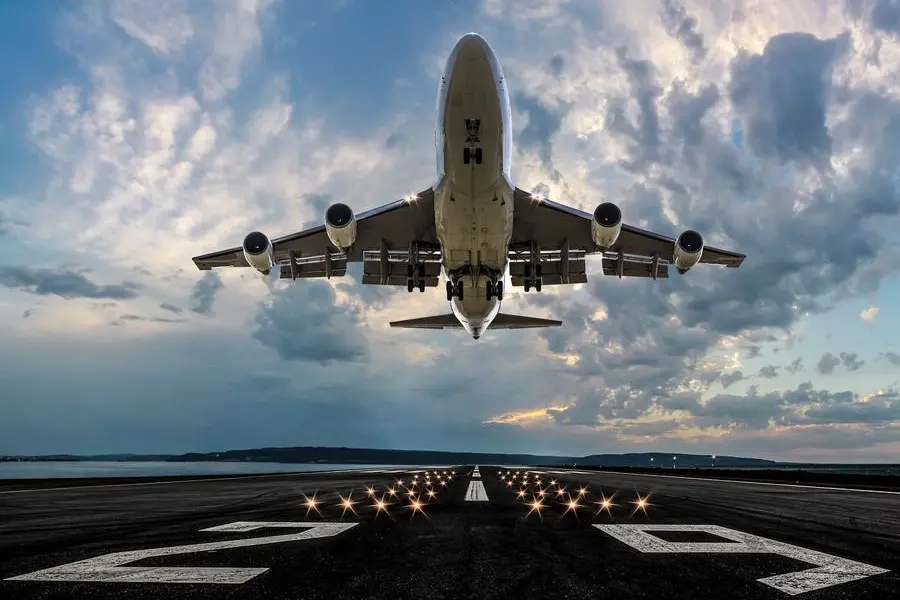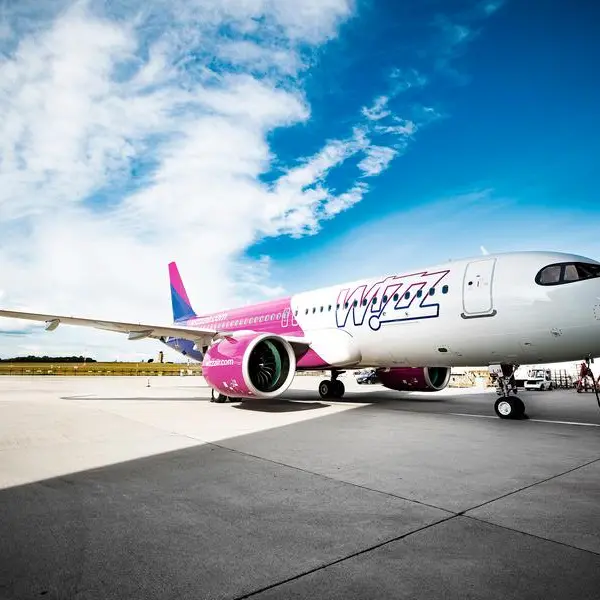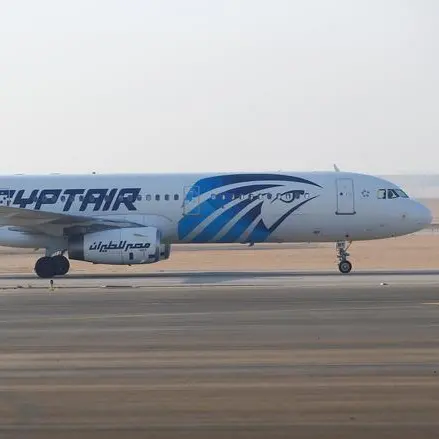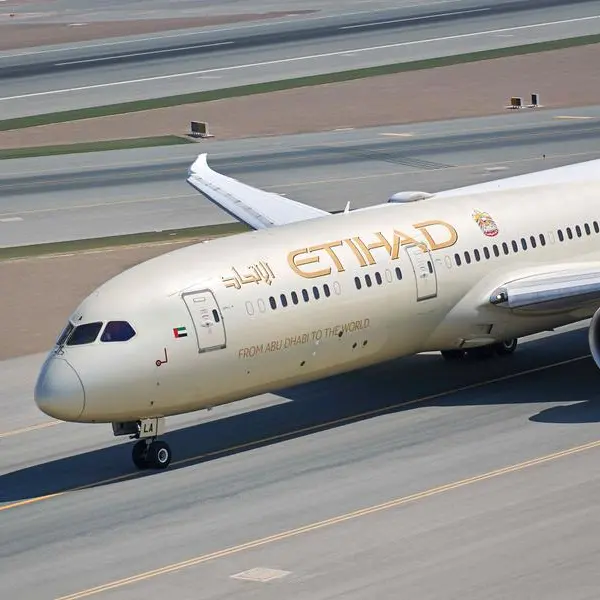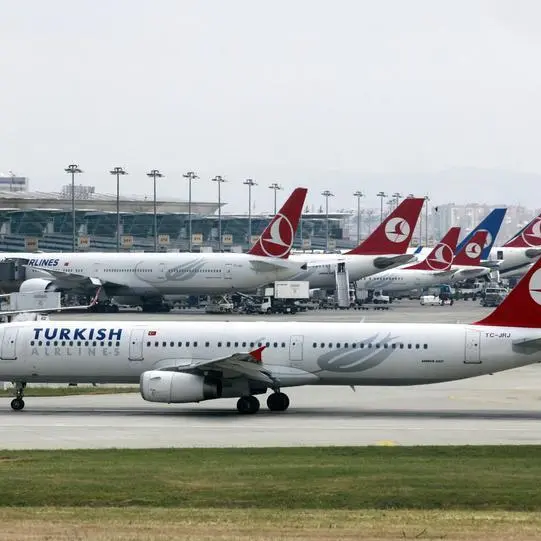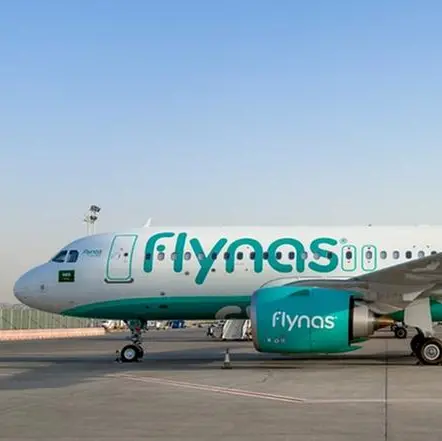PHOTO
The uphill task promoters of open skies in Africa face played out this week as Kenya Airways came to the brink of getting locked out of Zambian airspace.
The event that would have resulted in massive disruption for air passengers between Zambia and Kenya was only averted after a last-minute capitulation that saw the Kenya Civil Aviation Authority (KCAA) grant flag-carrier Zambia Airways landing rights in Nairobi. During weekdays, Kenya Airways operates two to three flights to Zambia daily.
Last week, a letter dated October 2 from Zambia’s civil aviation regulator, ZCAA, to its Kenyan counterpart, threatening suspension of all Kenya Airways passenger flights into Zambia effective October 8 surfaced in the public domain.
ZCAA said the move was a response to Kenya’s refusal to grant landing rights to Zambia Airways, which had proposed to use a Boeing 737-700 wet-leased from Ethiopian Airlines.
This escalation was all the more surprising because both Kenya and Zambia were among the early subscribers to the Single African Air Transport Market (SAATM). Although Lusaka is yet to ratify the treaty, Kenya has and is among the dozen or so countries currently running a SAATM pilot.
Launched in 2018 by African heads of state, SAATM seeks to liberalise Africa’s air transport industry by giving new teeth to the 1999 Yamoussoukro Decision (YD).
Among other things, it requires current or future air service agreements signed by any of the 37 member states, to be YD-compliant by permitting free exercise of first, second, third, fourth and fifth freedom traffic to eligible airlines, liberalised air tariffs and unrestricted frequency and capacity.
In principle, therefore, Kenya and Zambia are stablemates, who should be setting an example for the 17 laggard sates, who are yet to take a leap of faith into the SAATM.
Apparently, Kenya had denied the landing rights because the aircraft Zambia Airways proposed to use was registered to Ethiopia rather than Zambia.
This assertion is odd, given that it is common practice for wet-leased aircraft not to be put on the lessee’s register because operational control of the asset remains with the lessor.
Even the fact of Ethiopians’ sizable stake in Zambia Airways should not be an obstacle because SAATM aims to minimise restrictions to investment in Africa’s aviation sector.
The frequent standoffs between Kenya and other regulators over reciprocity in air services betrays the enduring gap between the spirit behind market liberalisation initiatives and practice.
While African states want their carriers to benefit from open markets elsewhere, they are often not willing to open up their own to others.
With such a mentality, SAATM, like its predecessor the YD, will struggle to gain traction. Despite 44 signatories – seven more than SAATM, the YD failed to change Africa’s aviation landscape, allowing bilateralism to triumph over liberalism.
At the end of the day, this attitude hurts the travelling public and stifles aviation’s potential contribution to economic growth. The telecommunications industry provides a useful parallel.
Rapid liberalisation of Africa’s telecoms market, starting in the 1990s, attracted capital, made telephony universal, with immense benefits for the economy.
© Copyright 2022 Nation Media Group. All Rights Reserved. Provided by SyndiGate Media Inc. (Syndigate.info).
